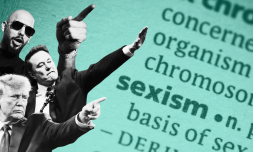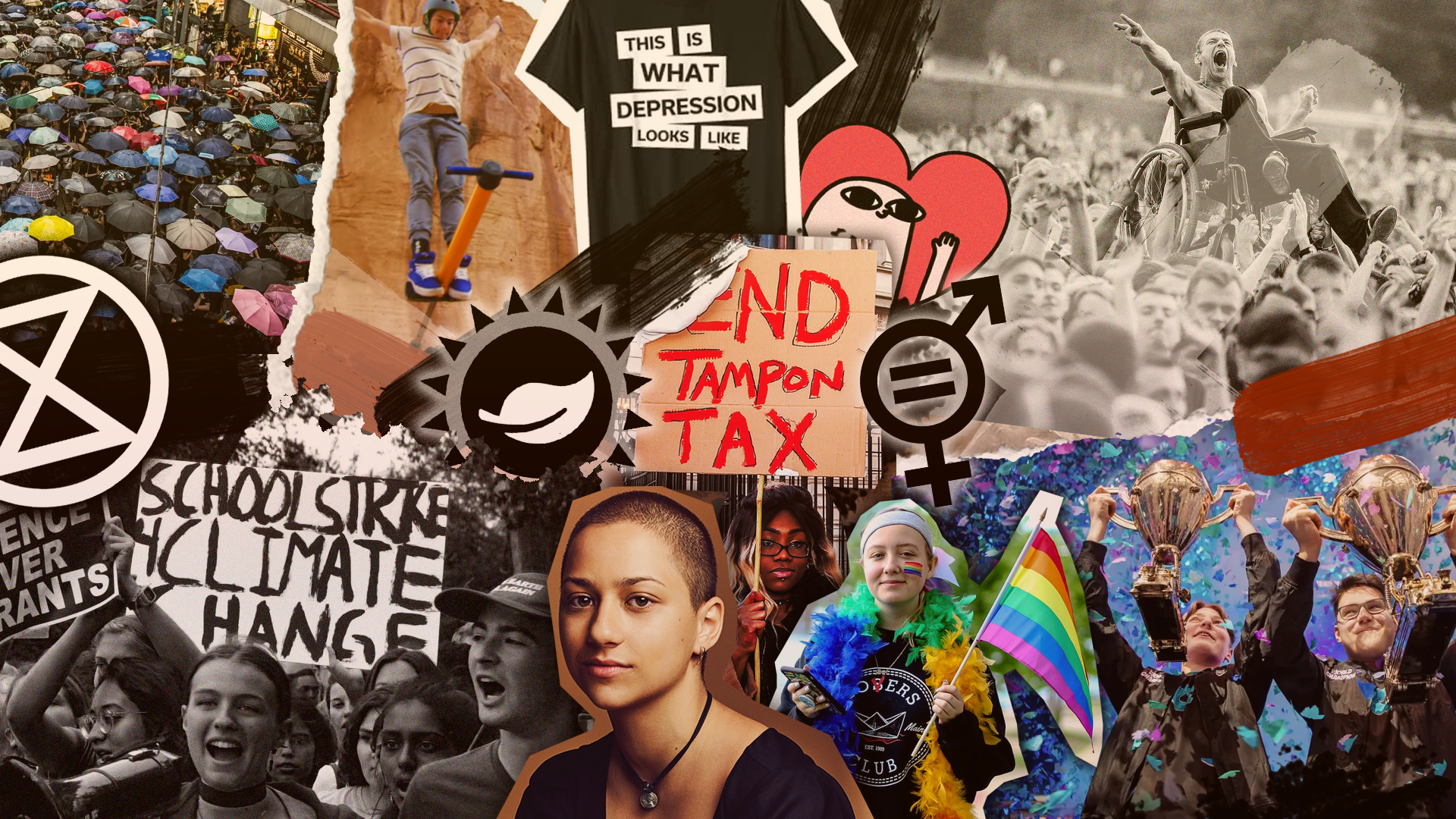The 2000s was not the only period when the dot-com bubble burst in the market; it was also the beginning of a new type of cost – the safety of many, particularly women and girls worldwide.
Although an online presence can create a haven for equal access to information and a platform for freedom of expression, its potential for the better has been manipulated for something darker.
Recent policy changes by META to ‘support freedom of speech’ have inadvertently introduced new risks related to misogynistic aggression.
During CSW69, the world’s biggest gender equality conference, held from March 10th to 21st, delegates raised the issue of online violence against women repeatedly.
A study conducted by UN Women shows that between 16 and 58 percent of women have experienced a form of digital violence with numbers change depending on the country.
They also highlight that young women and girls, who face multiple forms of discrimination based on their sexual identity, race or religion, or political orientation, are most at risk.
This is why UN Women prefers to use the term ‘technology-facilitated gender-based violence’ over ‘online violence’ to highlight how communication tools are being weaponized to harm women and girls in new ways.
From doxing, sharing someone’s personal information online, to deepfake abuse – where manipulated images of someone are published online – put women’s and girls’ lives psychologically and socially at risk.
@c4news Gender equality activist @ginamartin reflects on the abuse she has been receiving online ever since she started campaigning to make upskirting a criminal offence. #activism #feminism #womensrights #ginamartin #c4news #channel4news ♬ original sound – Channel 4 News
The ‘Manosphere’
The rise of the ‘Manosphere’ has led to the networking of misogynistic ideas, moving anti-feminism into the mainstream, according to UN Women Columbia. Many groups across various platforms have started to organize online attacks against women.
At the end of 2024, German investigators revealed Telegram groups where men shared how they abuse women around them and gave instructions on others how to do this.
According to WIRED’s article, members of the Facebook group called ‘Are We Dating the Same Guy?’ discovered that they had also been a target of a misogynistic revenge network recently. Some explicit images and personal information was shared without any semblance of consent.
Anaís Burgos, a politician in the Mexican parliament who has also experienced digital violence, stated that it leaves lasting impacts such as anxiety, paranoia, and fear in CSW69.
The dangers of online violence against women extend beyond psychological harm, although that is significant in itself. It also leads women to avoid participating in politics or any public presence that might make them targets.
A study by UNESCO and the International Center for Journalism published in 2020 revealed that among 714 female journalists, at least 73% of them suffered online violence.




















